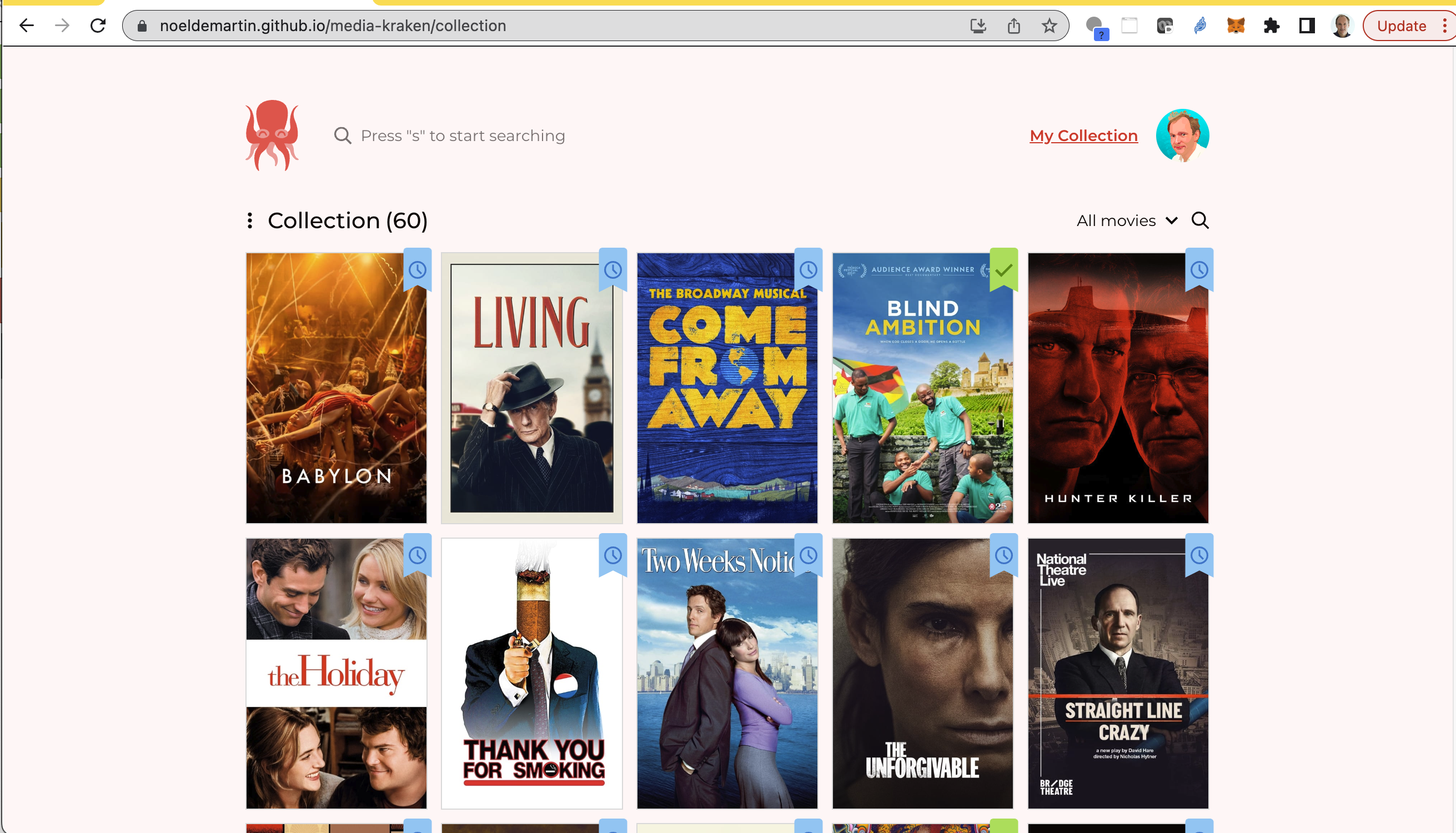
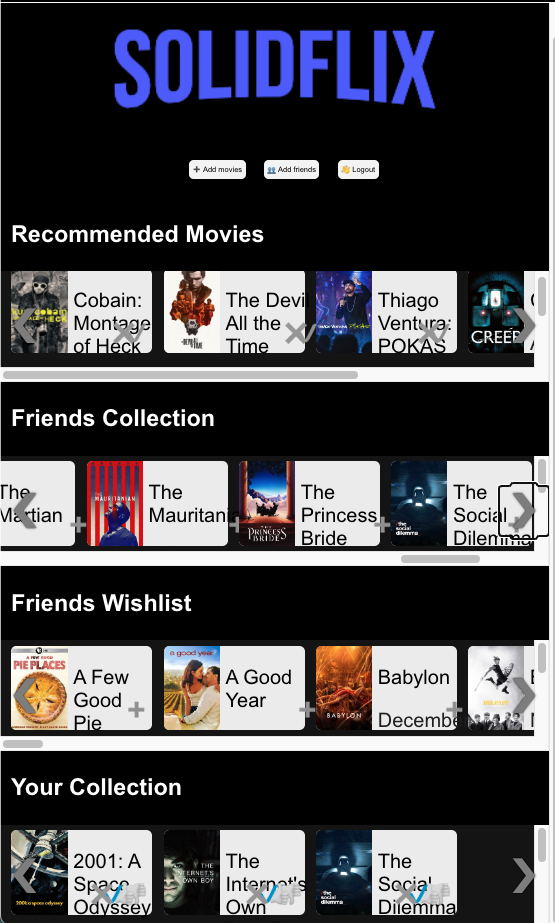
EWADA meeting 2023 March 10

In 1989 the Internet existed, including IP and TCP/IP protocols. All I had to do for the web was to introduce URIs, HTTP, and HTML.
With Javascript, the browsers then got smarter, so each web page could become a complete Web App
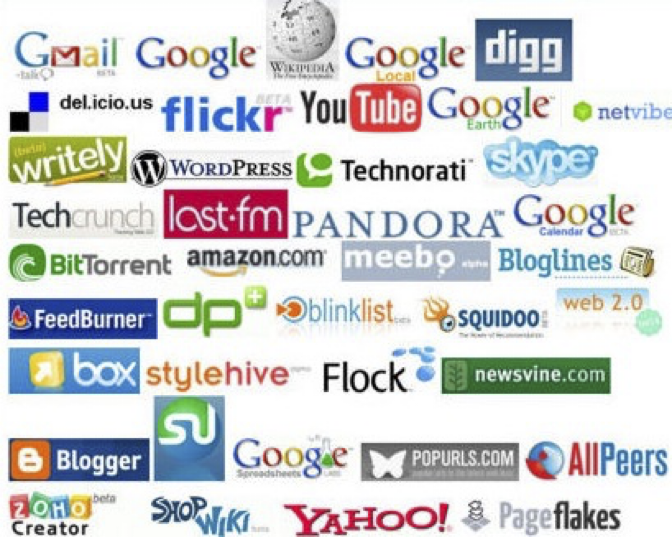
are dis-empowering for inidividuals.
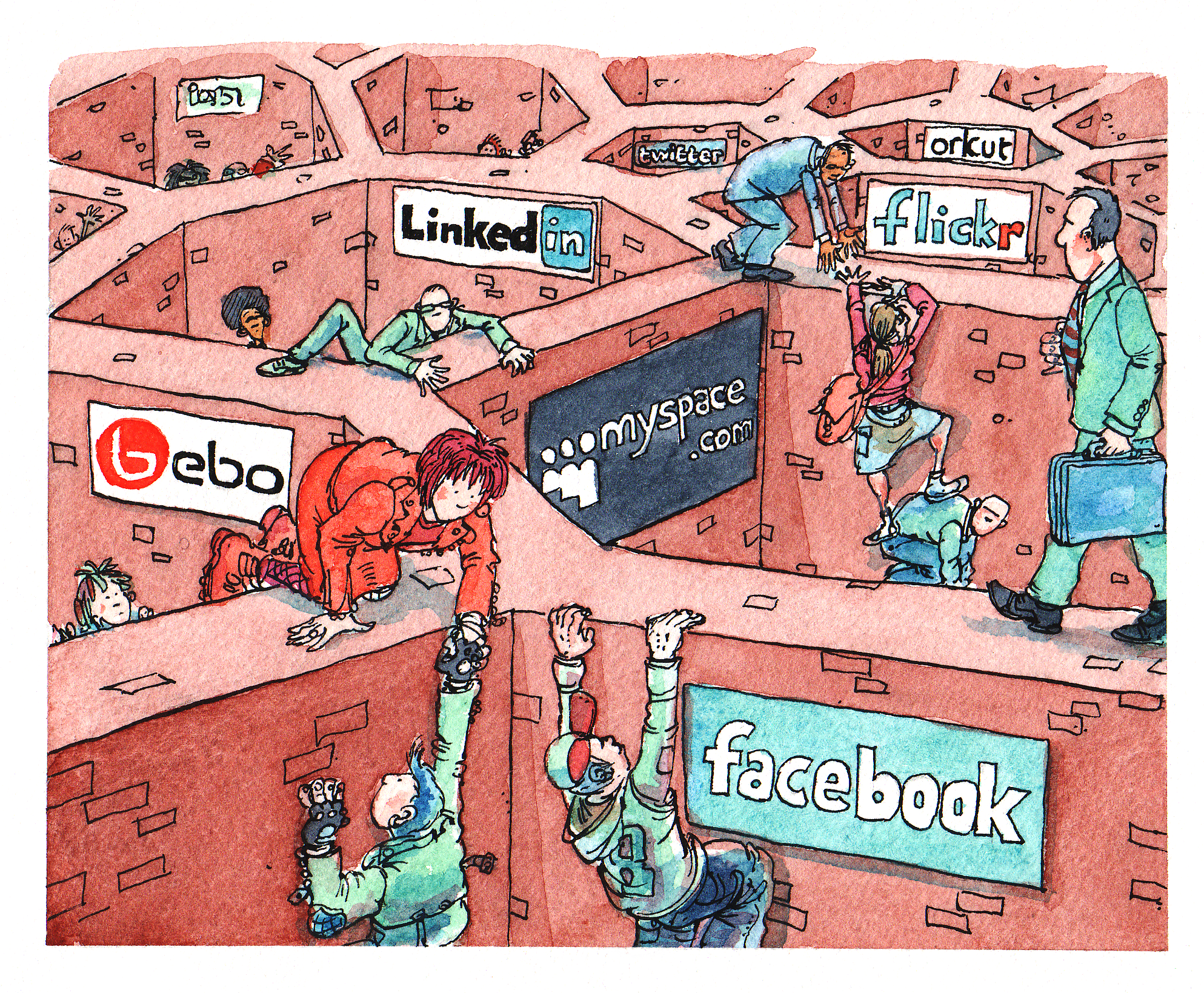
Now, to solve some of the problems of Web 2.0, there are new standards to give users control over their data.
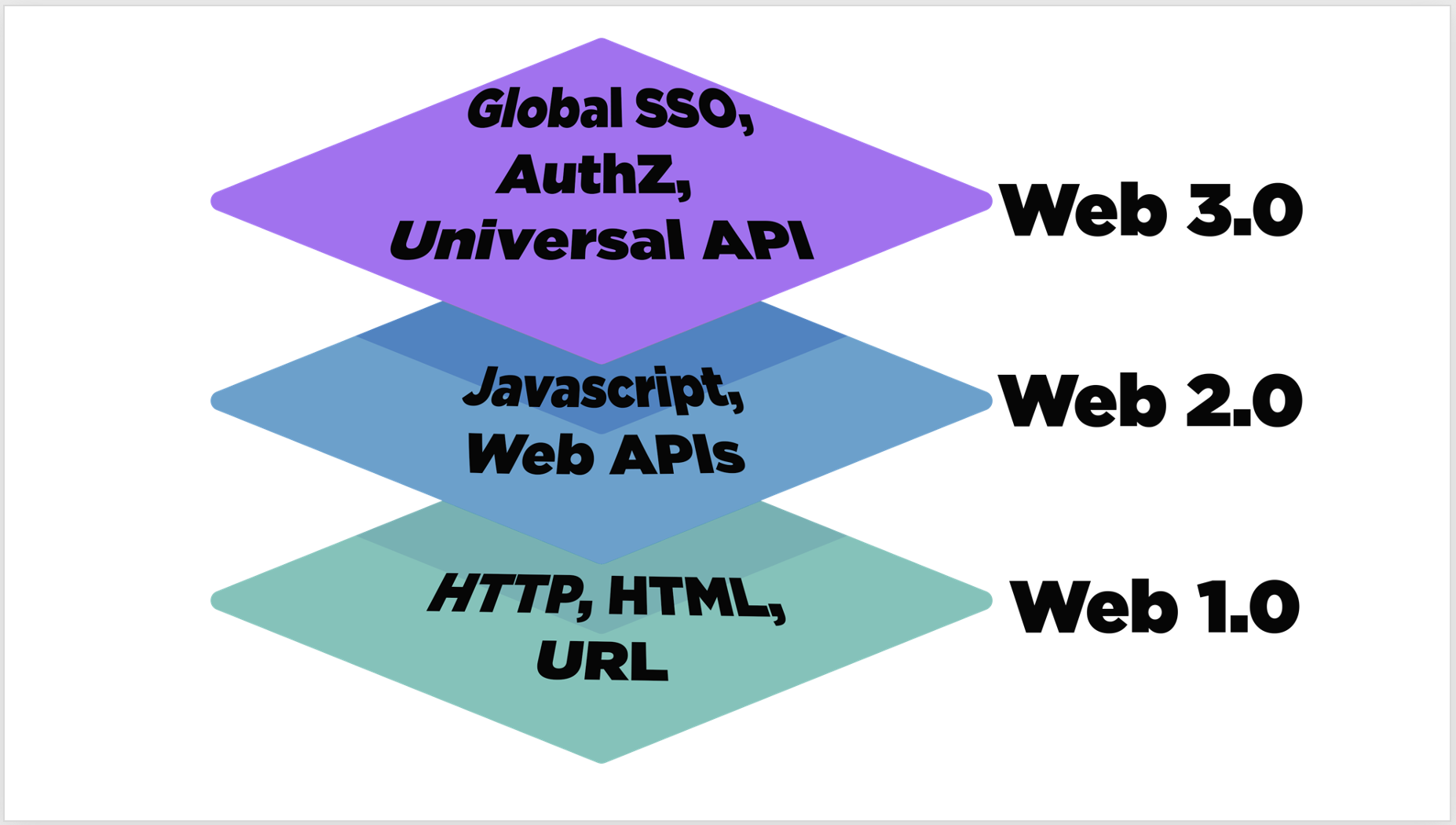
This has nothing to do with Blockchain!
Single Sign In, and a common API so any App can store data in any Pod.
Up to and including the Solid layer, the stack of networking protocols has just one solution at each layer. Then on top of the Solid layer, we can buidld any kind of app - hundred of dfferent types of data, whose form in your pod must be standard and interoperable.
The Solid ecosytem, then, seen here a few years ago, has all kinds of apps storing data in all kinds of stoers -- solid pods -- run by governments, companies, or even geeks at home.

|

|
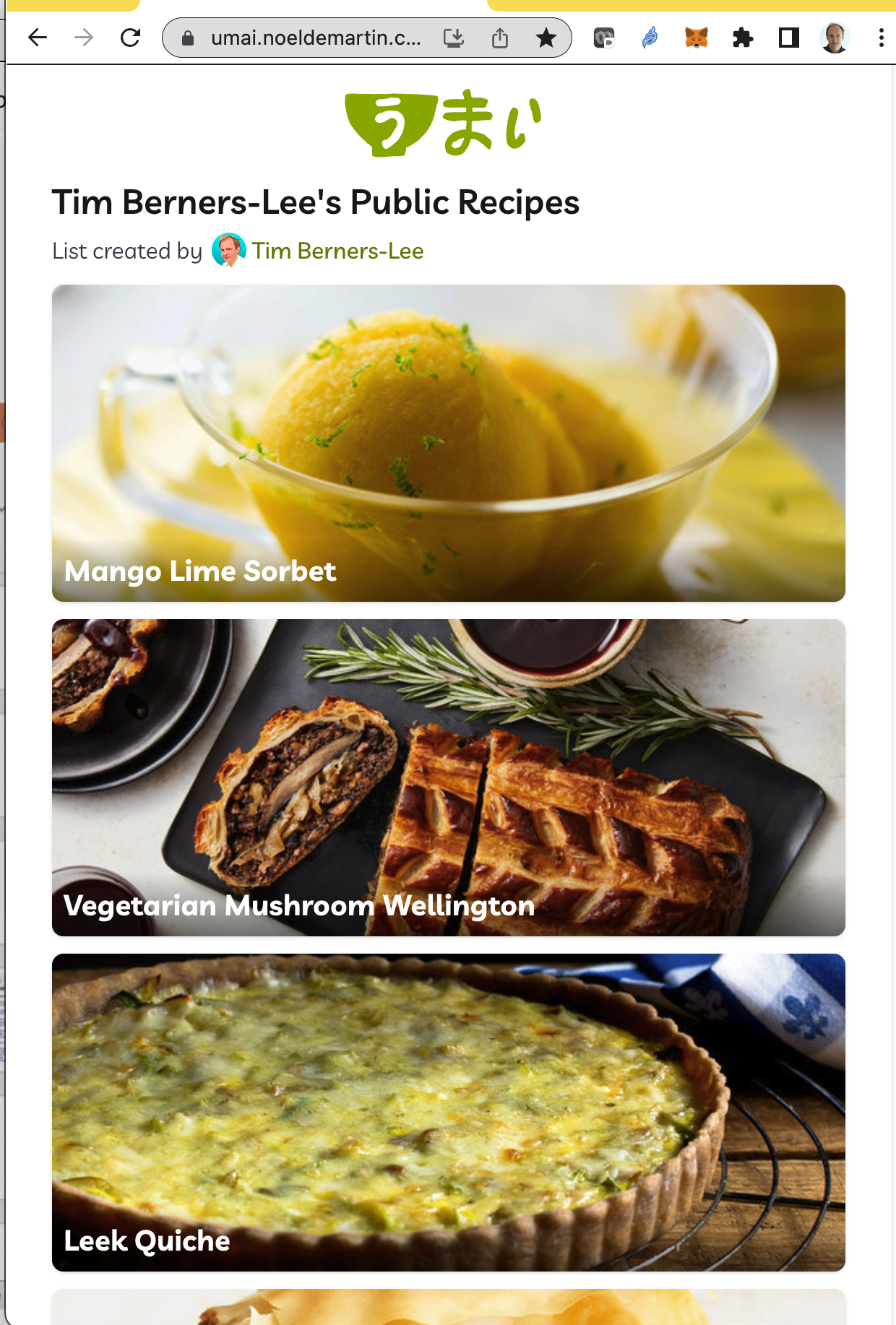 https://www.w3.org/DesignIssues/diagrams/solid/screenshots/Zooom-In-SolidOS.png
https://www.w3.org/DesignIssues/diagrams/solid/screenshots/Zooom-In-SolidOS.png
We also need a basic "Operating System" for Solid, so that:
Anyone who has a Pod can have
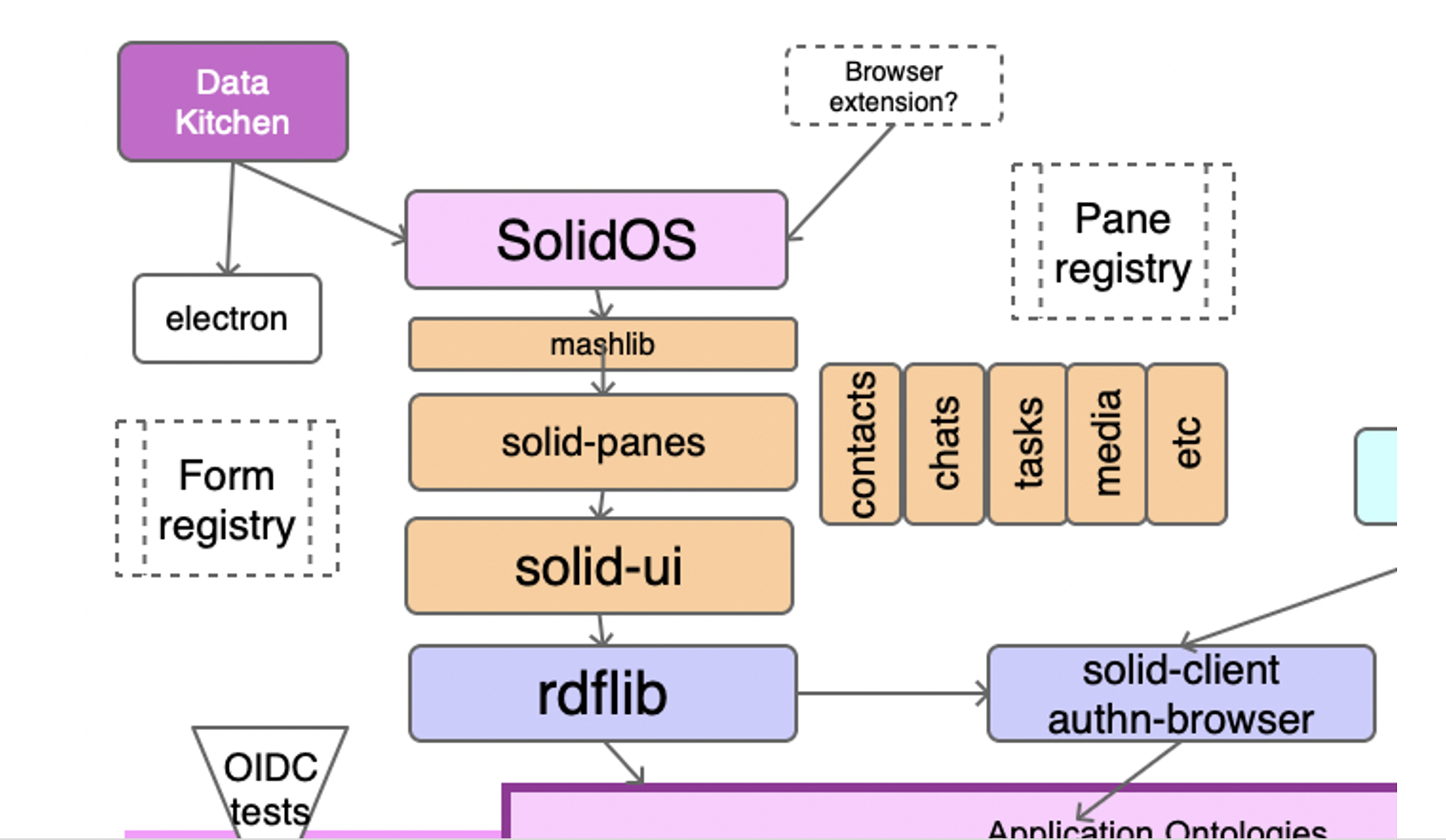
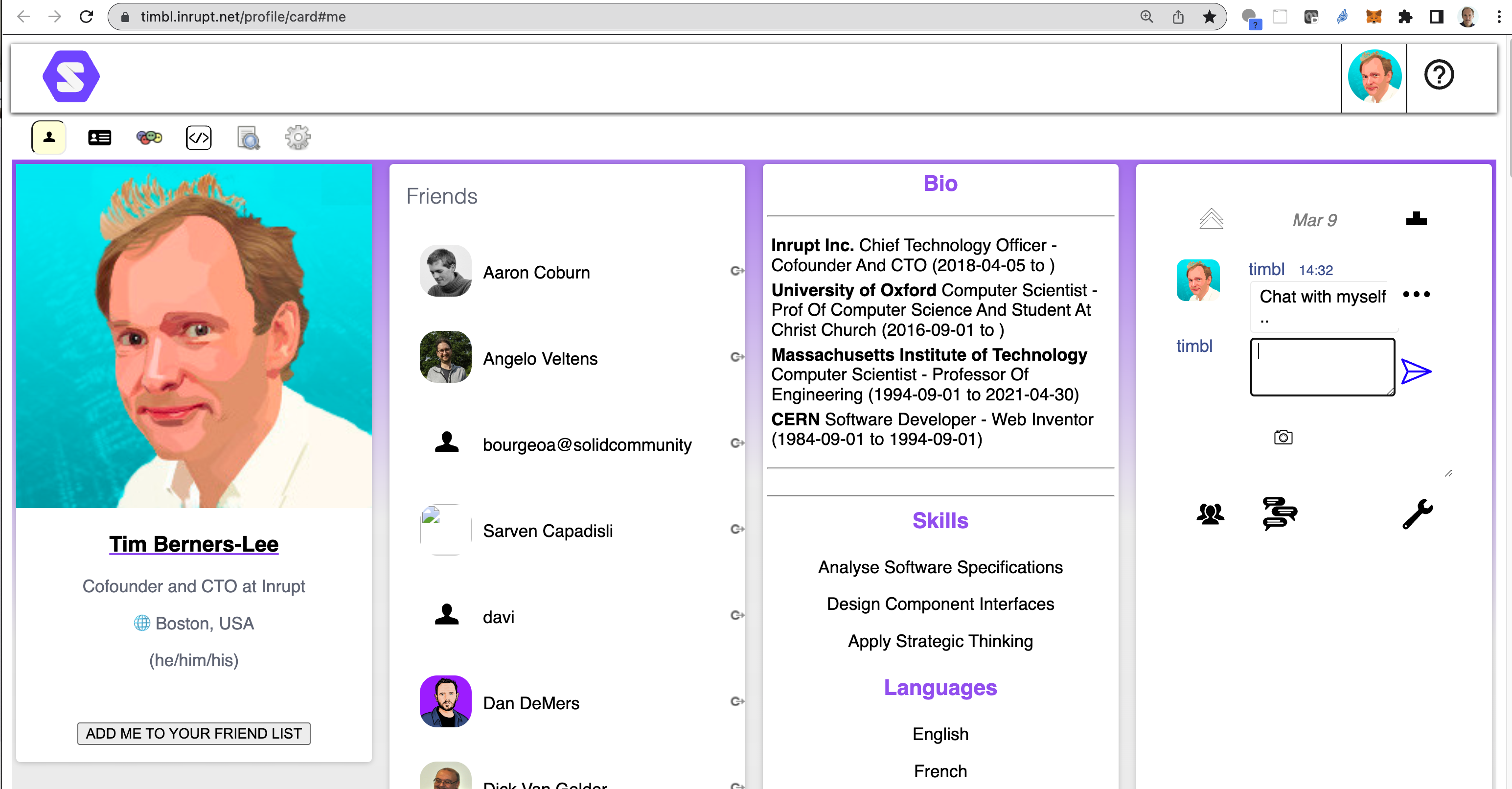

Within SoiliOS objects are dispathced to viewwers/editors by their RDF
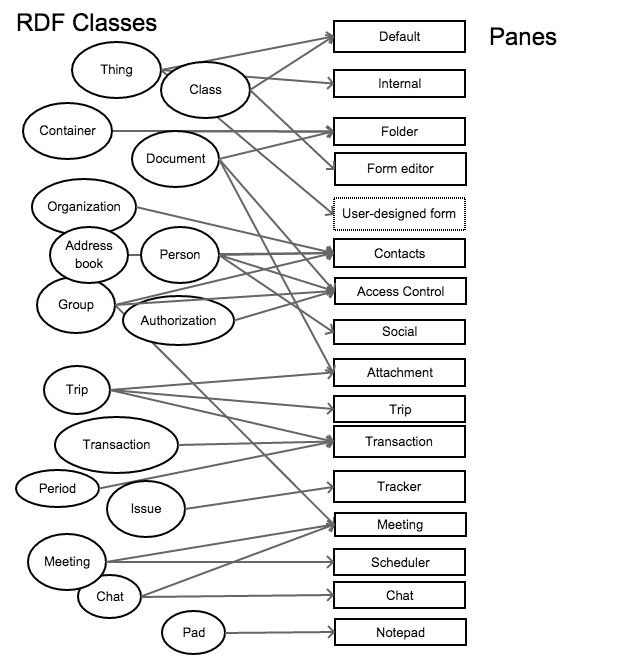
You can do anything with anything.
So you end up with data from different domains all linked together. The value goes as the square of the number of domains.
Check out
SolidOs's own pod
as a project for mission, vision, issues, blogs and code.